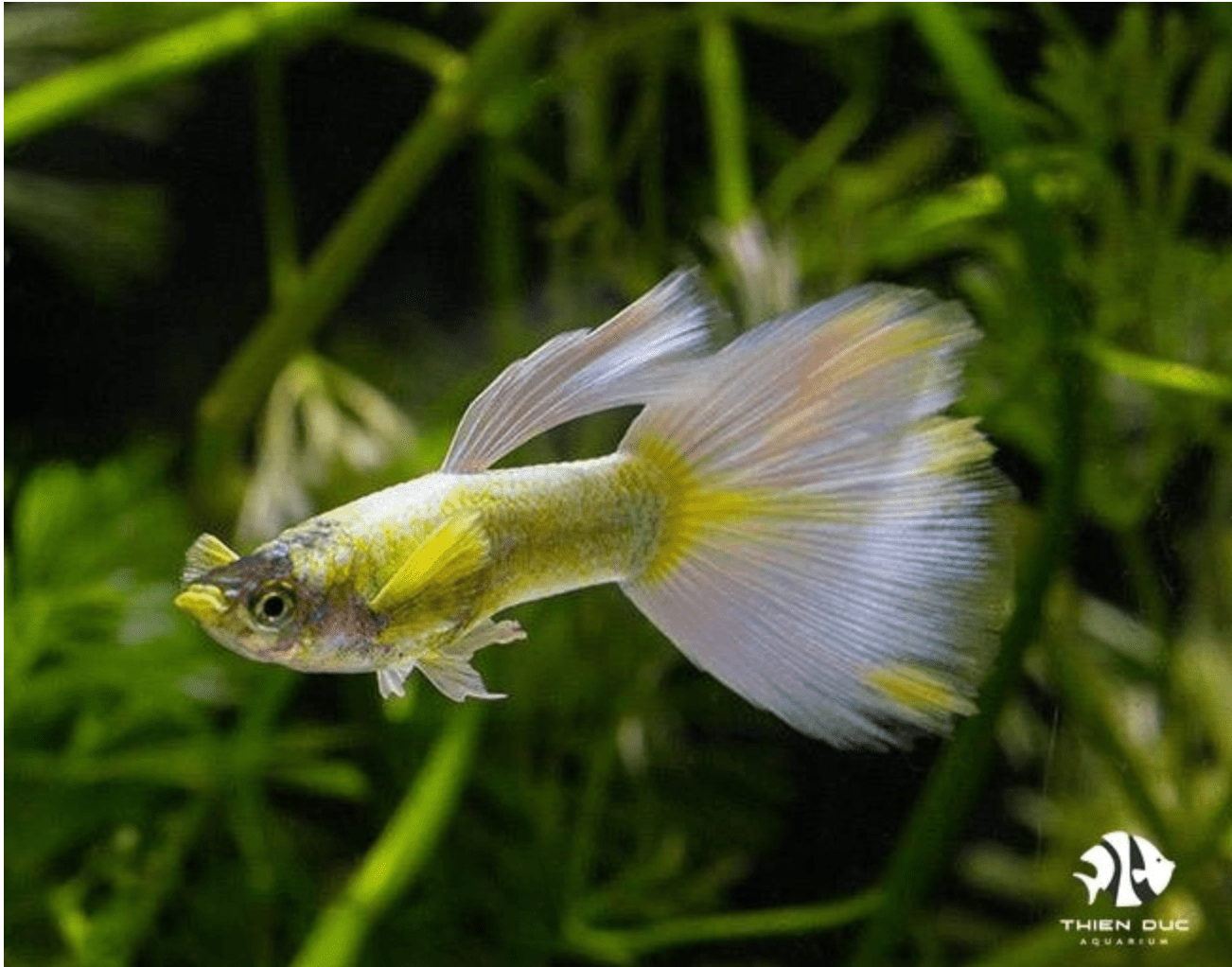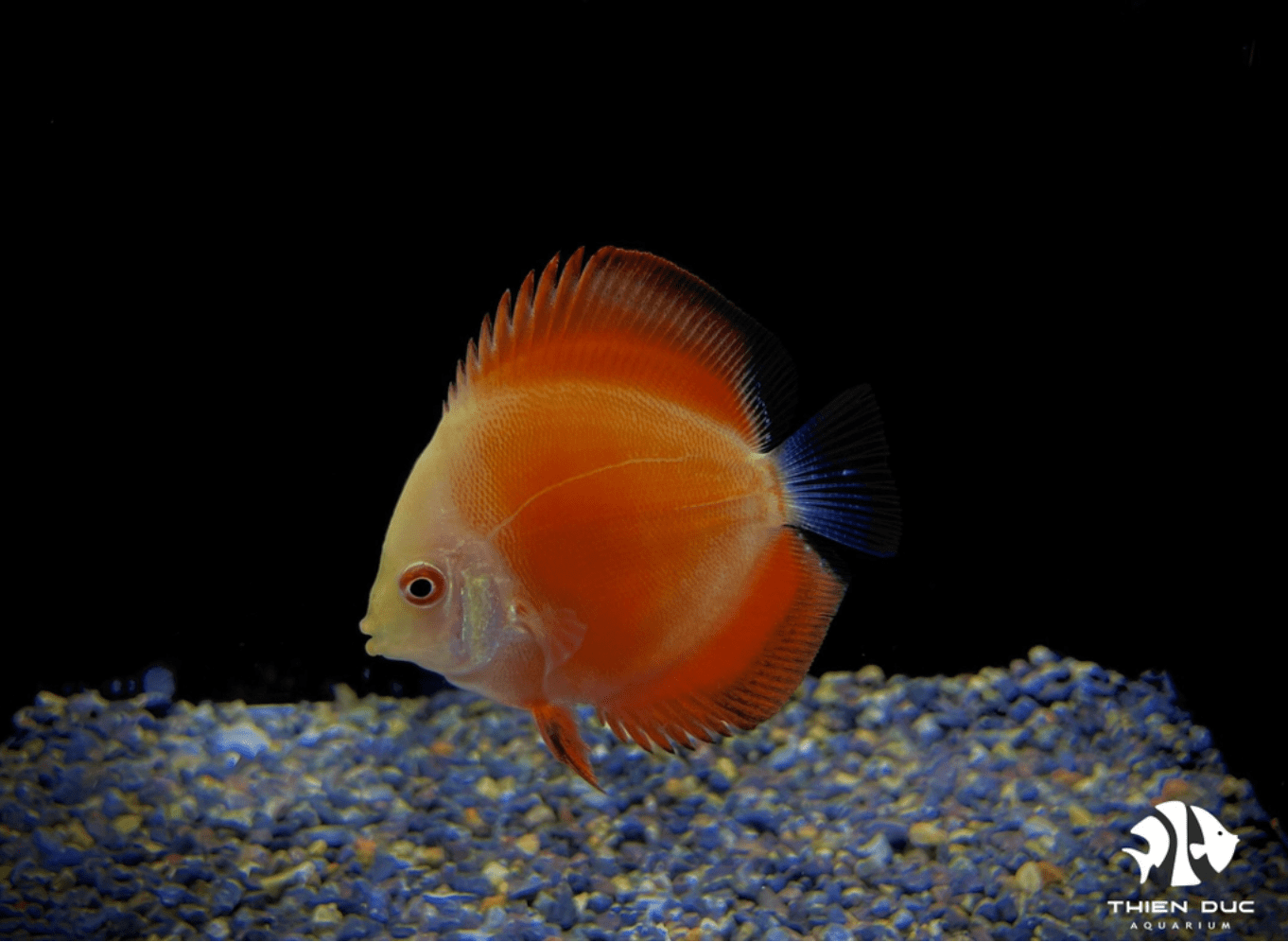Aquarium Fish Import Regulations Europe: Compliance Guide
The aquarium fish trade plays a significant role in the European economy, connecting enthusiasts with a diverse range of aquatic life from around the world. However, the movement of live animals across borders necessitates strict aquarium fish import regulations Europe to protect the environment, public health, and animal welfare. Navigating these regulations can be complex, requiring a thorough understanding of the legal framework and practical implementation. This guide provides a comprehensive overview of the key aspects of aquarium fish import regulations Europe, ensuring compliance and responsible trade practices.

Overview of European Union Regulations
The European Union (EU) plays a crucial role in harmonizing and enforcing regulations for the import of aquarium fish. Several key pieces of legislation govern this trade, ensuring a consistent approach across member states.
Regulation (EU) 2016/2031 (Animal Health Law)
This regulation establishes a framework for the prevention and control of animal diseases, including those that could be introduced through aquarium fish imports. It sets out requirements for health certificates, inspections, and quarantine procedures, aiming to minimize the risk of disease outbreaks.
Regulation (EU) 1143/2014 (Invasive Alien Species Regulation)
This regulation focuses on preventing the introduction and spread of invasive alien species (IAS) that can pose a significant threat to biodiversity and ecosystems. It includes measures for risk assessments, import restrictions, and control measures for established IAS, ensuring the protection of European waters from harmful introductions.
Regulation (EC) No. 1/2005 (Council Regulation on the protection of animals during transport)
This regulation establishes minimum standards for the protection of animals during transport, including aquarium fish. It sets out requirements for transport conditions, handling procedures, and journey duration, aiming to minimize stress and injury to animals during transit.
Import Permit Requirements
Importing aquarium fish into Europe requires obtaining specific permits, demonstrating compliance with aquarium fish import regulations Europe. These permits are issued by competent authorities and ensure that the imported fish meet health, safety, and species identification requirements.
Documentation
-
Health Certificates: These certificates, issued by a veterinarian in the country of origin, attest to the health status of the fish and confirm that they meet specific disease-free requirements.
-
Invoices: Invoices provide details about the origin, quantity, and species of the imported fish, facilitating traceability and ensuring compliance with trade regulations.
-
CITES Permits: For certain species listed under the Convention on International Trade in Endangered Species of Wild Fauna and Flora (CITES), specific permits are required to ensure sustainable trade and conservation.
Inspections and Testing
-
Disease Testing: Imported fish may be subject to disease testing, particularly for specific pathogens that pose a threat to European fish populations.
-
Species Identification: Accurate species identification is crucial for compliance with import regulations and to prevent the introduction of prohibited or invasive species.
Quarantine Procedures
-
Quarantine Facilities: Imported fish may be required to undergo quarantine in designated facilities to monitor their health and prevent the spread of diseases.
-
Duration of Quarantine: The duration of quarantine varies depending on the species and origin of the fish, ensuring sufficient time for observation and potential disease detection.
Health and Disease Control
Aquarium fish imports pose a potential risk of introducing diseases that could affect native fish populations and aquaculture industries. Aquarium fish import regulations Europe implement strict measures to mitigate these risks.

Pre-import Health Checks
-
Veterinary Inspections: Veterinarians in the country of origin conduct health checks on fish before export, ensuring they meet specific disease-free requirements.
-
Disease Surveillance: The EU monitors disease outbreaks in imported fish and implements targeted measures to prevent further spread.
Quarantine Procedures
-
Isolation and Observation: Imported fish are quarantined to monitor their health and identify any potential diseases.
-
Disease Testing: Fish may be subjected to specific disease tests during quarantine to confirm their health status.
Disease Reporting
-
Reporting Obligations: Importers are obligated to report any suspected diseases or unusual mortality in imported fish to the competent authorities.
-
Disease Control Measures: The EU implements targeted measures to control outbreaks of specific diseases, including restrictions on imports from affected regions.
Invasive Alien Species
The introduction of invasive alien species (IAS) through aquarium fish imports poses a significant threat to European ecosystems. Aquarium fish import regulations Europe aim to prevent the introduction and spread of these harmful species.
Risk Assessments
-
Species Identification: Accurate species identification is crucial for assessing the potential risk of a species becoming invasive.
-
Ecological Impact: Risk assessments evaluate the potential impact of a species on native ecosystems, considering factors like its ability to reproduce, compete with native species, or spread diseases.
Import Restrictions
-
Prohibited Species: The EU prohibits the import of certain species known to be invasive or pose a high risk to European ecosystems.
-
Restricted Species: Imports of other species may be restricted or subject to specific conditions to minimize the risk of invasion.
Control Measures
-
Early Detection: The EU implements measures for early detection of established IAS, facilitating rapid response and control efforts.
-
Eradication and Management: Control measures may include eradication programs, habitat management, or biological control methods to minimize the impact of established IAS.
Species Identification and Labeling
Accurate species identification is crucial for compliance with aquarium fish import regulations Europe and to prevent the introduction of prohibited or invasive species. Proper labeling and documentation are essential for ensuring accurate identification.

Scientific Names and Common Names
-
Scientific Names: Using the correct scientific names ensures accurate identification and avoids confusion with similar-looking species.
-
Common Names: Common names should be used in conjunction with scientific names, providing a familiar reference for importers and authorities.
Origin of the Fish
-
Country of Origin: The country of origin should be clearly stated to facilitate traceability and ensure compliance with import restrictions.
-
Specific Location: Providing the specific location within the country of origin can help track potential disease outbreaks or identify the source of invasive species.
Quantity and Size
-
Number of Fish: The number of fish imported should be clearly stated to facilitate inspections and ensure compliance with quarantine requirements.
-
Size of Fish: The size of the fish should be indicated to assess their potential impact on the environment and to ensure appropriate handling and transport conditions.
Transport and Handling
The transport and handling of aquarium fish must adhere to strict standards to minimize stress and injury, ensuring compliance with aquarium fish import regulations Europe.
Transport Conditions
-
Temperature: The temperature of the transport container should be maintained within a suitable range for the species being transported.
-
Oxygen Levels: Adequate oxygen levels must be maintained throughout the journey to prevent suffocation.
-
Container Size: The container size should be appropriate for the number and size of the fish, allowing for sufficient space and preventing overcrowding.
Handling Procedures
-
Gentle Handling: Fish should be handled gently to minimize stress and injury.
-
Proper Packaging: Fish should be packaged in appropriate containers to prevent injury during transport.
Duration of Transport
-
Minimum Journey Time: The duration of transport should be minimized to reduce stress on the fish.
-
Maximum Journey Time: The EU sets maximum journey times for specific species, ensuring that fish are not transported for excessive periods.
Compliance and Enforcement
Compliance with aquarium fish import regulations Europe is essential to protect the environment, public health, and animal welfare. Customs authorities and other enforcement agencies play a crucial role in monitoring and enforcing these regulations.
Customs Inspections
-
Documentation Checks: Customs officials inspect import documents to ensure compliance with regulations.
-
Physical Inspections: Imported fish may be subject to physical inspections to verify species identification and health status.
Penalties for Non-compliance
-
Fines: Non-compliance with import regulations can result in significant fines.
-
Seizure of Goods: Imported fish may be seized if they do not meet regulatory requirements.
-
Prohibition of Imports: Importers may be prohibited from importing fish if they repeatedly violate regulations.
Staying Informed
-
EU Website: The EU website provides comprehensive information about import regulations, including updates and changes.
-
National Authorities: National authorities in each EU member state provide specific guidance and information on import procedures.
Conclusion
Compliance with aquarium fish import regulations Europe is essential for responsible trade practices and the protection of the environment, public health, and animal welfare. By understanding the key regulations, obtaining the necessary permits, and adhering to strict health, disease, and invasive species control measures, importers can ensure a smooth and compliant process.
This guide by ThienDuc Aquarium provides a comprehensive overview of the key aspects of European ornamental fish import regulations, but it is essential to consult the relevant authorities and seek professional advice to ensure full compliance. Keeping up to date with changes in regulations and seeking expert guidance is vital for a responsible and sustainable ornamental fish trade.
Contact Information:
Address: 57 Le Thi Sieng, Tan Thong Hoi, Cu Chi, Ho Chi Minh City, Viet Nam
Mobile: +84903912501
Office: +84982577871
Email: thien@thienducaquarium.com










